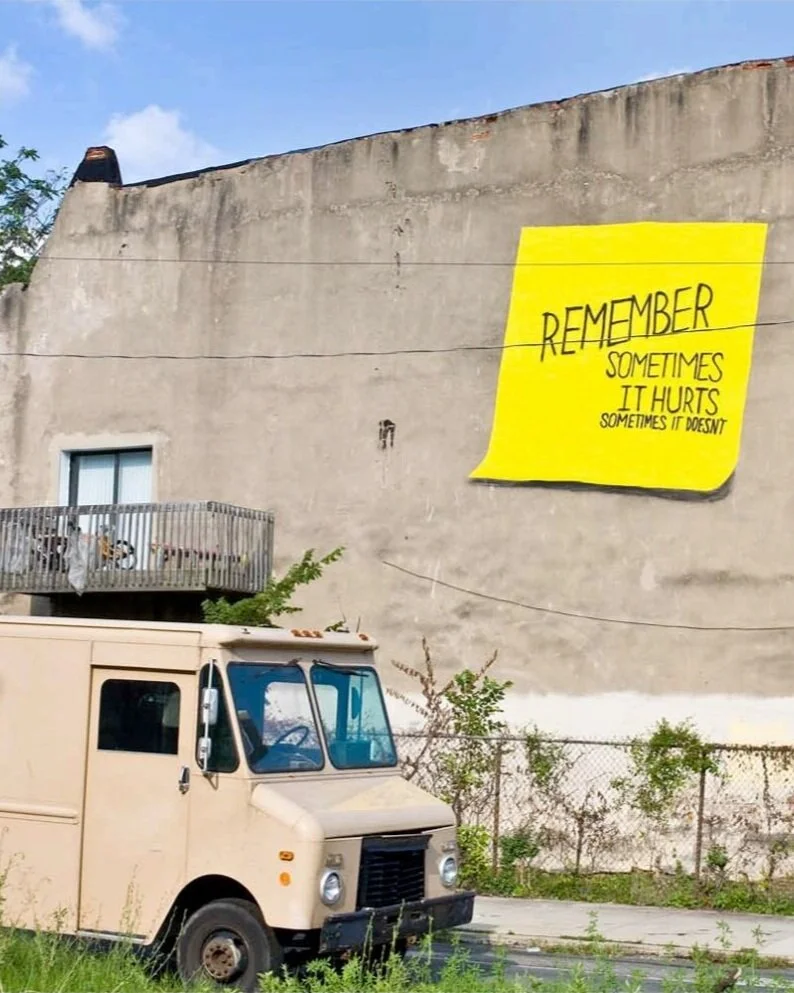Rx 43 / Commercial America
Museums are built on loss and its recollection. There is no museum without the threat of erasure or incompletion …
–Thomas Keenan, “The End(s) of the Museum”
Located for nearly a century on the site of what is today the Perelman Center for Advanced Medicine, the Philadelphia Commercial Museum was built in 1899 to preserve industrial artifacts and materials from world’s fairs: feathered headdresses, Polynesian oars and spears, baskets, dioramas, figurines, jars of dry food, and more. Since its closure in 1991, the Commercial Museum’s holdings of cultural ephemera have been at times lost, abandoned, or re-dispersed; remnants of the collection (last stored in a Water Department facility) were discarded by the City in 2010. Slought, a non profit at Penn, recuperated and displayed many of these artifacts in Commercial America, an exhibit predicated on an unusual gesture: an invitation to take objects home, with the hope they might find renewed meaning and stewardship there. The objects on display in Commercial America were shown without captions, in acknowledgement of their lost provenance.
Founded by William Wilson, a botany professor at the University of Pennsylvania, the Commercial Museum was inspired by the 1893 Columbian World’s Fair in Chicago. It opened in 1899 and went on to become an official repository for world’s fair artifacts at a time when global colonialism sought to catalogue, order, and manage the world and its commodities. In this way, the Commercial Museum functioned both as a tourist destination as well as an educational resource about foreign commerce and industry. The Museum also distributed a monthly publication, Commercial America, from which the Slought exhibition takes its name. It is particularly ironic that the Museum's history reflects late-nineteenth century optimism about commerce given the museum’s inability to adapt to changing conditions over the course of the twentieth century and its subsequent dissolution.
In posing an alternative to institutional processes of collecting, the Slought exhibit, Commercial America, raised questions about storage and preservation, and the presumption that institutions store artifacts in perpetuity. The project also responded to the work of philosopher Michel Foucault, who challenges us to privilege moments of rupture in order to interrupt institutional modes of thought. The eventual closing of the Commercial Museum, which was explicitly created to preserve the past, is one such instance of discontinuity. Commercial America, then, sought to reveal museums as sites of contradiction and struggle around the systems we entrust to care for and honor the past.
reflections…
Consider the ethos, methodology, and deployment of care, as it pertains to preservation in museums and caregiving in hospitals. How do these institutions share a similar imperative to navigate, recuperate, and reconcile historically fraught relationships and patrimonies? How might they develop more intimate practices of preservation and caregiving that are mindful of histories of abandonment and honor an individual’s or group’s lived experiences? When might people, objects, and histories be better cared for in the personal or domestic domain, as Commercial America suggests?
Questions of abandonment and whether governmental organizations and public institutions can legitimately and responsibly care for cultural artifacts and human remains have been renewed in recent weeks coinciding with the 36th anniversary of the 1985 police bombing of the MOVE headquarters on a residential street in West Philadelphia. The Philadelphia Department of Health recently revealed that its former commissioner, pediatrician Dr. Thomas Farley, ordered the cremation of members of the Africa family, without consent; in addition, the Penn Museum retained the remains of young members of the Africa family, including Tree and Delisha Orr Africa, without consent.
The Penn Museum was founded in 1887, and is located immediately adjacent to the former Commercial Museum and the current Hospital of the University of Pennsylvania. The proximity of this museum to a hospital on the same civic center landscape further underpins how questionable practices of collecting, displaying, or disposing of histories, human remains, and cultures are often shared across these institutions. Activists and scholars have called attention to Penn Museum’s ethical violations in allowing professors and anthropologists to use the remains of the Africa family’s children in an academic context, without permission or knowledge from the family. Activist Abdul-Aliy Muhammad wrote in a Philadelphia Inquirer op-ed, “Black people, our bodies, and our remains are not academic “strange fruit.” We are not playthings nor instruction devices for anthropologists. Our sacred vessels deserve to rest in peace and be respected. There needs to be a broad reckoning for this kind of academic depravity that has left deep wounds. Healing and reconciliation can only happen when the demands of the harmed — particularly the MOVE family — are met.”
As Foucalt implores, how might we approach this “moment of rupture…to interrupt institutional modes of thought?” The Penn Center for Experimental Ethnography similarly asks: “Why do so many people end up in museums? Within a forensic framework, the stated objective is to restore personhood to remains, but how is this possible when they are still held and addressed as specimens (which abstracts them from personhood)? What guidelines exist to support ethical practices in fieldwork and with collections? What could a community-led approach to research and repatriation look like?”
sources
Levy, Aaron, “Commercial America,” Slought Foundation, 2010, https://slought.org/resources/commercial_america.
McCrystal, L. “Philly health commissioner resigns over cremating MOVE victims without telling family; Kenney apologizes,” The Philadelphia Inquirer, The Lenfest Foundation, 13 May 2021, https://www.inquirer.com/news/philadelphia/thomas-farley-resigns-philadelphia-health-commissioner-move-20210513.html.
McCoy, C. “Controversy flares over how Penn and Princeton treated a MOVE bombing victim’s remains,” The Philadelphia Inquirer, The Lenfest Foundation, 21 April 2021, https://www.inquirer.com/news/move-bombing-victim-remains-penn-philadelphia-princeton-20210421.html.
Muhammad, A. “City of Philadelphia should thoroughly investigate the MOVE remains’ broken chain of custody | Opinion,” The Philadelphia Inquirer, The Lenfest Foundation, 21 April 2021, https://www.inquirer.com/opinion/commentary/move-remains-penn-museum-city-officials-temple-archives-20210505.html?utm_medium=referral&utm_source=ios&utm_campaign=app_ios_article_share&utm_content=ZWSWLEF2V5G3LJJTSO77O3KXGQ.
Pilkington, E. “The day police bombed a city street: can scars of 1985 Move atrocity be healed?’” The Guardian, Guardian Media Group, 10 May 2020, https://www.theguardian.com/us-news/2020/may/10/move-1985-bombing-reconciliation-philadelphia.











